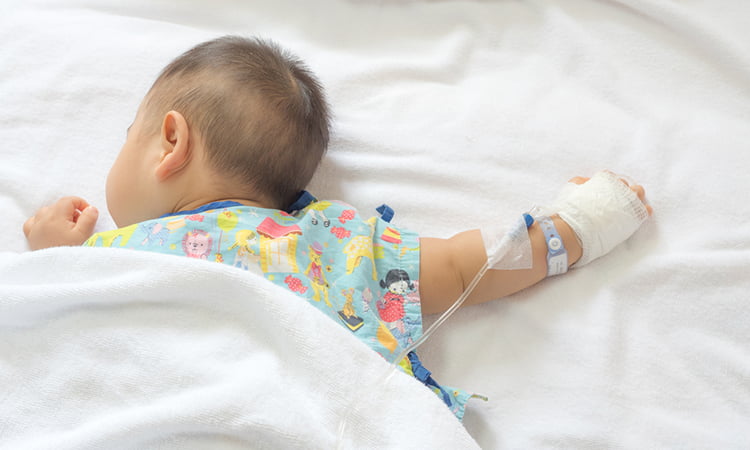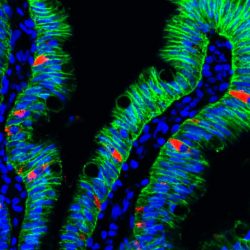Researchers identify drug target for treatment of malabsorption in babies
Posted: 24 September 2020 | Victoria Rees (Drug Target Review) | No comments yet
Scientists have found a hormone peptide called YY that presents a promising drug target for malabsorption in babies.


Scientists have used human intestinal organoids grown from stem cells to discover how the body controls the absorption of nutrients from food. They also found that one hormone might be able to reverse a congenital disorder named malabsorption in babies who cannot adequately absorb nutrients and need intravenous feeding to survive.
The study was conducted at the Cincinnati Children’s Hospital Medical Centre, US, and used three different human small intestinal tissue models – all derived from pluripotent stem cells (PSCs), which can form any kind of tissue in the body.
“The human organoids are essentially a much more realistic avatar to these patients with these rare mutations… They allow us to model much more faithfully the human disease,” said Dr James Wells, senior author of the study.
The team found that the absorption of nutrients – in particular, carbohydrates and proteins – is controlled by enteroendocrine cells in the gastrointestinal tract. Babies born without enteroendocrine cells – or whose enteroendocrine cells do not function properly – have severe malabsorption and require IV nutrition.


This is an image of a human intestinal organoid with enteroendocrine cells (red) embedded within the intestinal cells of the HIO (green) [credit: Heather A. McCauley, PhD/Cincinnati Children’s Hospital Medical Center].
The study showed how these cells, upon sensing ingested nutrients, prepare the intestine to absorb nutrients by controlling the influx and outflux of electrolytes and water. Absorption of carbohydrates and protein is then linked to the movement of ions in the intestine.
Dr Heather McCauley, lead author of the study, found that the hormone peptide YY, also called PYY, can reverse congenital malabsorption in mice. With a single PYY injection per day, 80 percent of the mice survived, however, normally, only 20 percent to 30 percent survive. The researchers say this indicates PYY might be a possible therapeutic for people with severe malabsorption.
“What this study highlights is how decades of basic research into how organs are made and how they function is now leading to breakthroughs in identifying new therapeutics,” said Wells.
The research was published in the journal Nature Communications.
Related topics
Disease research, Drug Targets, Peptide therapeutics, Research & Development, Stem Cells
Related conditions
Malabsorption
Related organisations
Cincinnati Children's Hospital Medical Centre
Related people
Dr Heather McCauley, Dr James Wells


